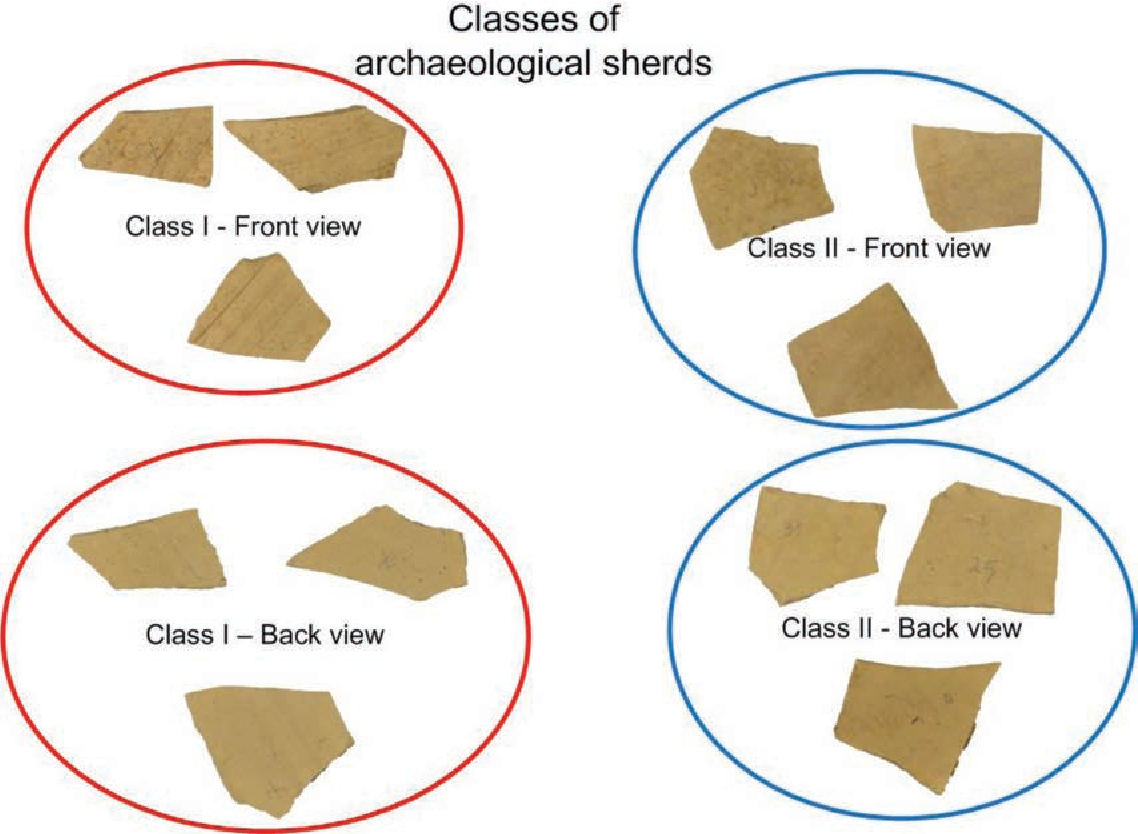
Computer Vision in Archeology
Background
Throughout history, numerous civilizations have risen and disappeared, leaving behind various traces. Archaeologists rely on excavations to uncover the underground sherds, broken pieces of ancient objects, which are the most common artifacts found during archaeological excavations and provide valuable insights into past human civilizations. Ceramics, in particular, offer information on manufacturing techniques, pottery usage, and socio-politico-economic structures of the communities that produced them. Storage challenges arise due to the large number of sherds uncovered annually, prompting the practice of photographing and recording their details.
Digitization of archaeological sherds aims to facilitate academic progress and present different perspectives to a wider audience, contributing to a better understanding of our shared past. The location of archaeological sites is significant, and Armenia, acting as a historical transportation route connecting various regions, holds particular importance. Excavated sherds from Armenia shed light not only on the lives of past inhabitants but also on trade networks within and beyond the region. This project focuses on classifying ceramic sherds from Armenian sites, benefiting from the efforts of Dr. Peter J. Cobb and the Ararat Plain Southeast Archaeological Project. With a database containing 140,000 images and expanding at a rate of over 20,000 sherds per year, the project aims to contribute to a comprehensive understanding of the region’s history.
Objective
The objective of this project is to examine the traditional computer vision technique of feature extraction and several deep-learning models aiming to classify and compare sherds that have been uncovered at the Vedi Fortress Archaeological Site located in Armenia. The anticipated outcome of this project is to efficiently categorize sherds into their respective designated groups by taking the sherd images as inputs. To achieve this objective, we have 6 main objectives to focus on: color calibration, geometric calibration, image scaling, image segmentation, sherd classification, and UI development.


Schedule and Milestone


